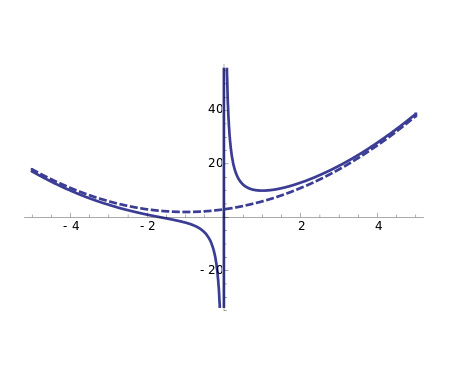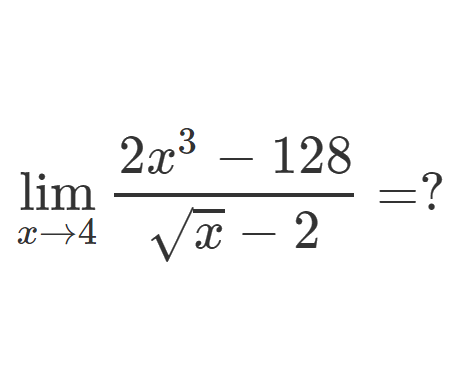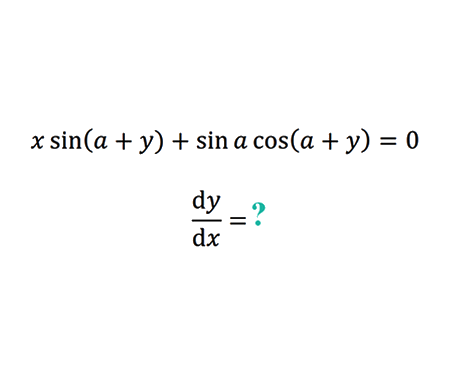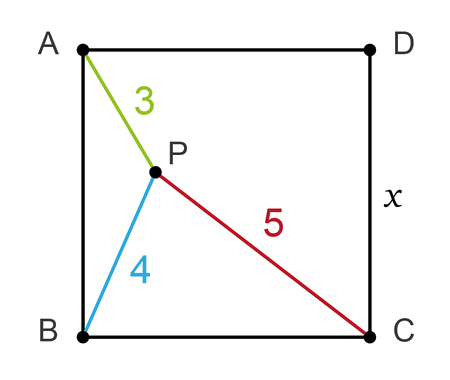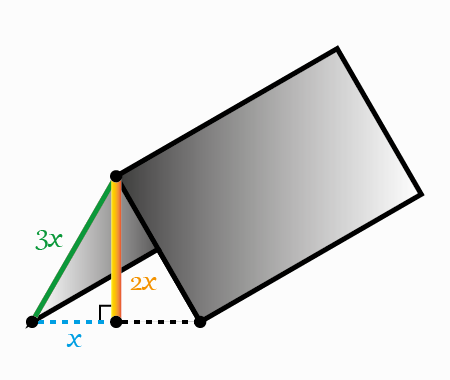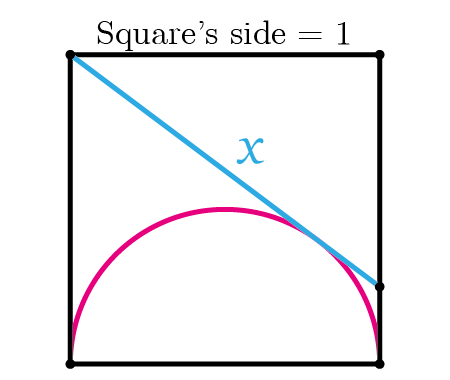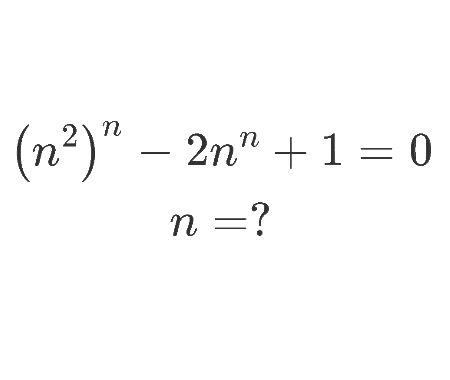Find the radius of the equal blue circles
Home -> Solved problems -> Find the radius of the blue circles

Solution
We have two line segments that meet at a right corner like it is shown in the next figure

We have three equal circles. Suppose the radius of each circle is equal to \(r\).

Using the right triangle, we get
\[\begin{aligned}
&(1-3 r)^{2}+(1-r)^{2}=(1+r)^{2} \\\\
&1-6 r+9 r^{2}+1-2 r+r^{2}=1+2 r+r^{2} \\\\
&9 r^{2}-10 r+1=0 \\\\
&(9 r-9)(r-\frac{1}{9})=0 \\\\
&r=1 \text { or } r=\frac{1}{9}
\end{aligned}\]
the blue circle’s radius must be smaller than the largest circle’s radius so we can reject the solution \(r= 1\).
Thus,
\[\large \color{blue} {r=\frac{1}{9}}\]
Home -> Solved problems -> Find the radius of the blue circles
Every problem you tackle makes you smarter.
↓ Scroll down for more math problems↓
↓ ↓
↓ ↓
↓ ↓
Prove that the function \(f(x)=\frac{x^{3}+2 x^{2}+3 x+4}{x}
\) has a curvilinear asymptote \(y=x^{2}+2 x+3\)
Why does the number \(98\) disappear when writing the decimal expansion of \(\frac{1}{9801}\) ?
↓ ↓
↓ ↓
↓ ↓
↓ ↓
↓ ↓
↓ ↓
↓ ↓
↓ ↓
↓ ↓
↓ ↓
↓ ↓
↓ ↓
if we draw an infinite number of circles packed in a square using the method shown below, will the sum of circles areas approach the square's area?
↓ ↓
↓ ↓
↓ ↓
↓ ↓
Home -> Solved problems -> Find the radius of the blue circles














